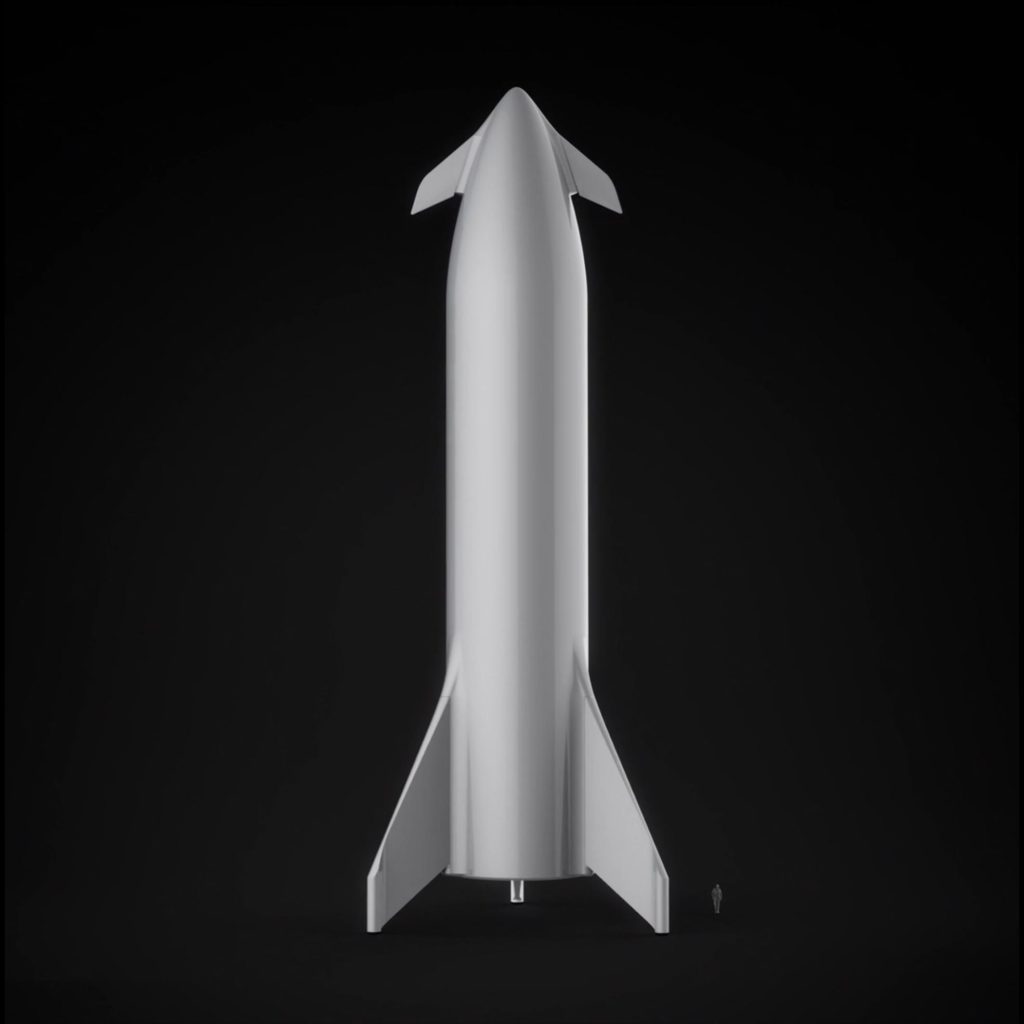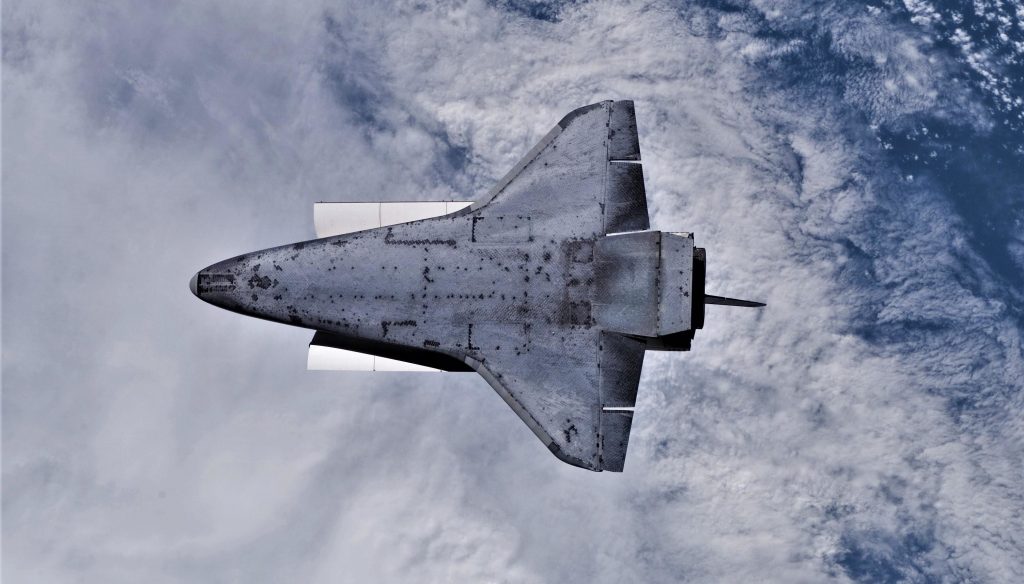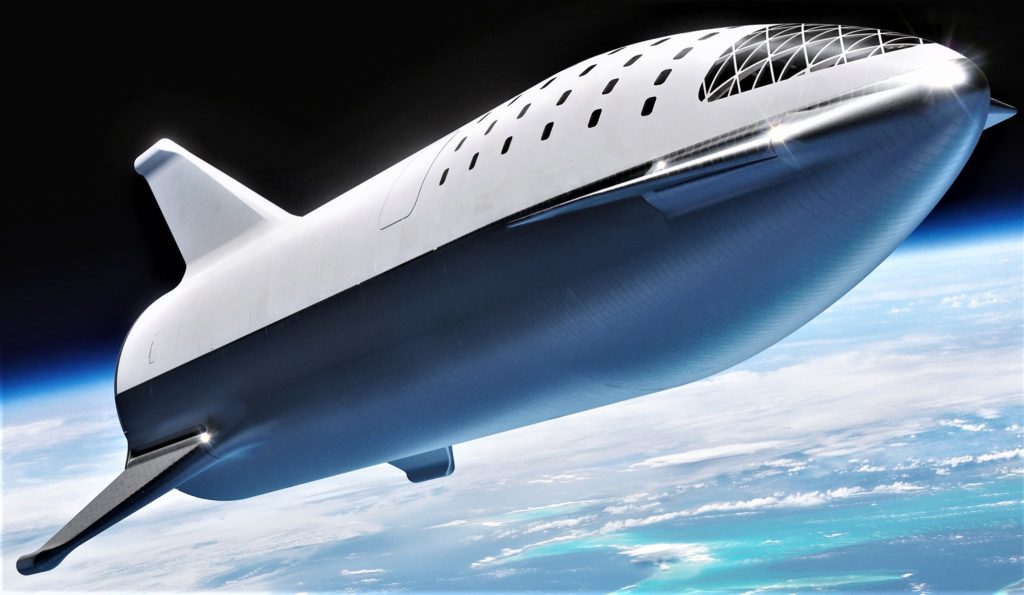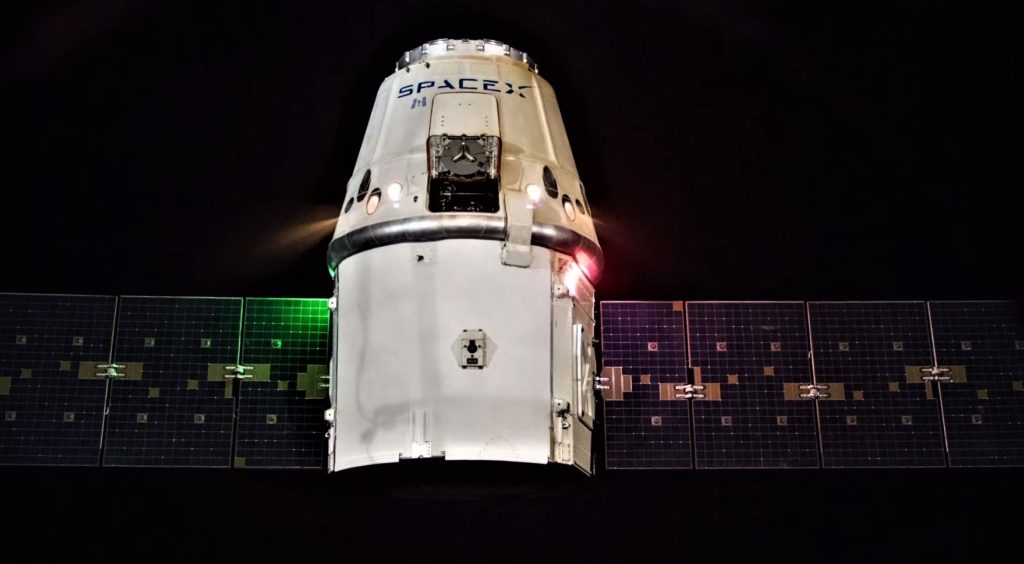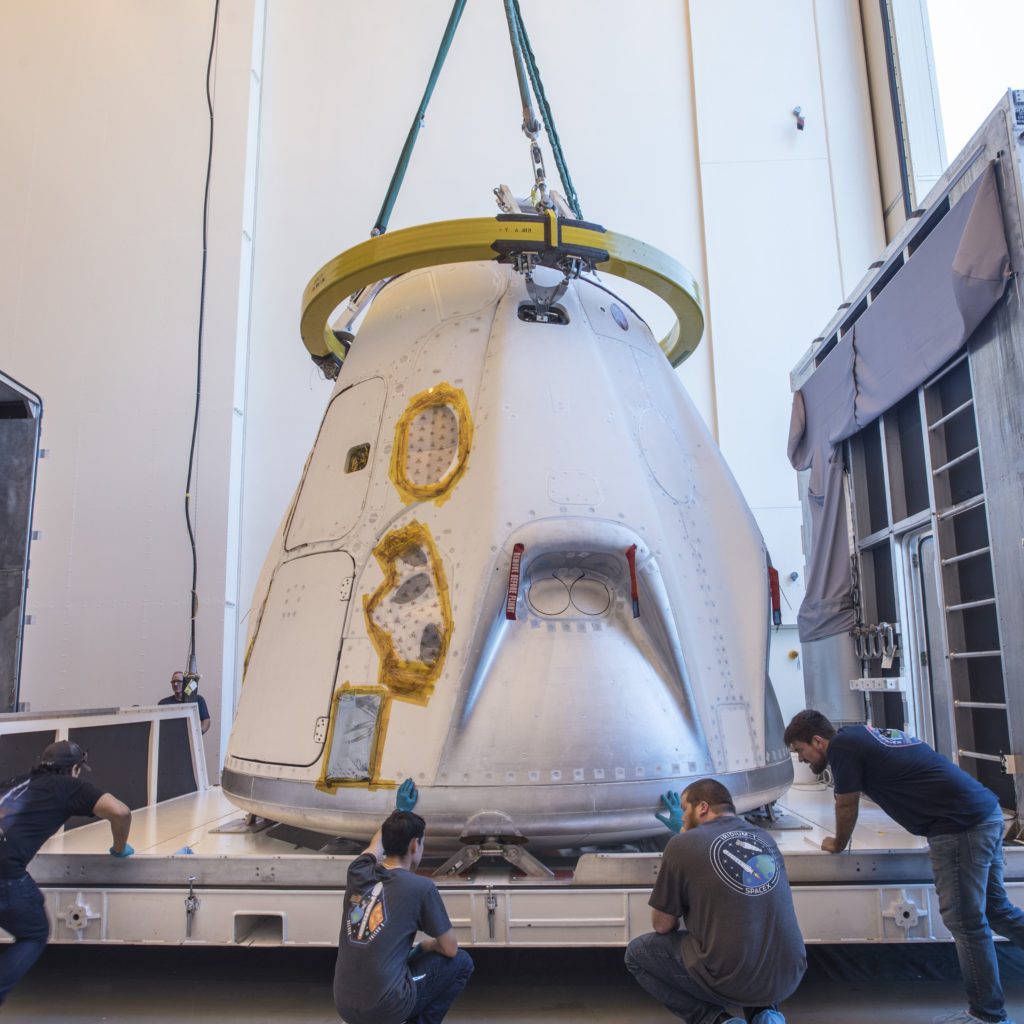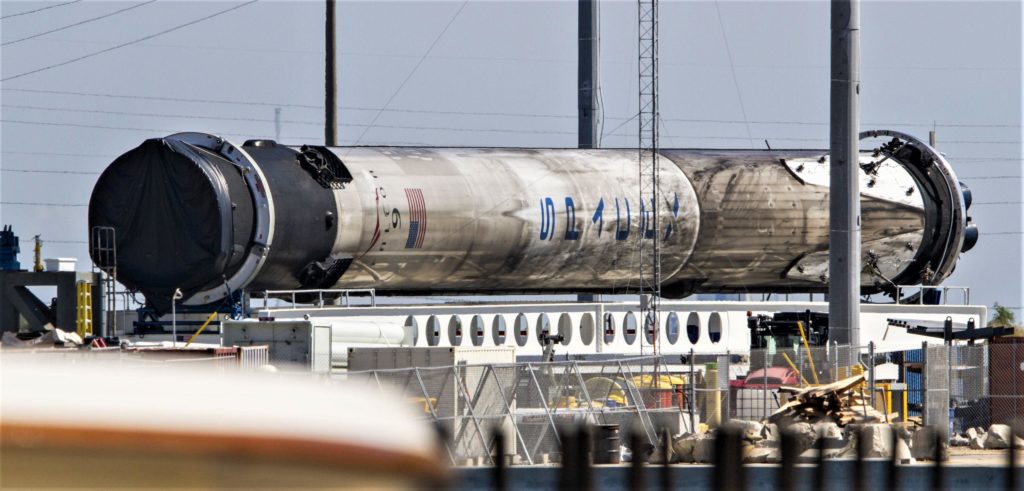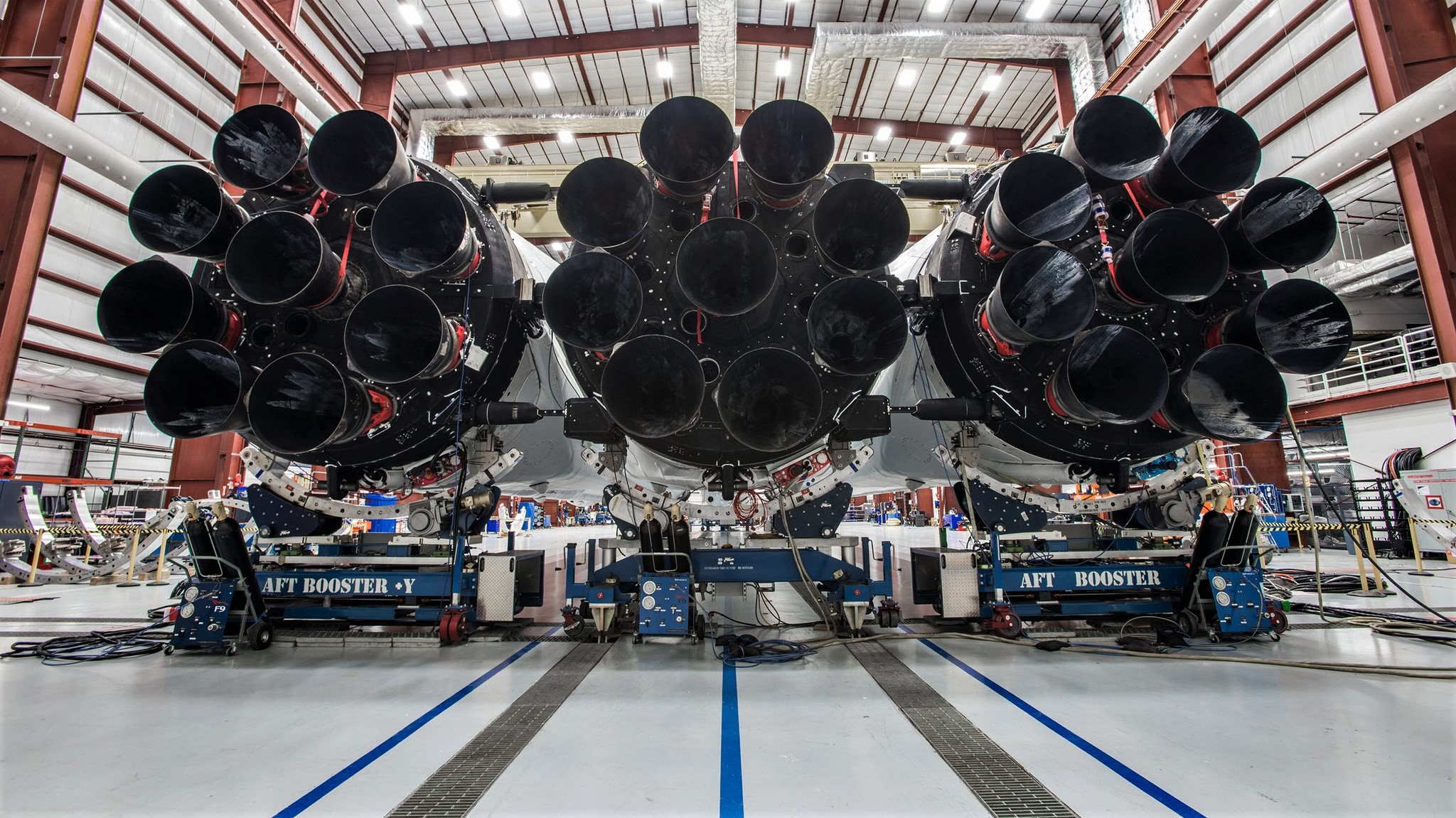
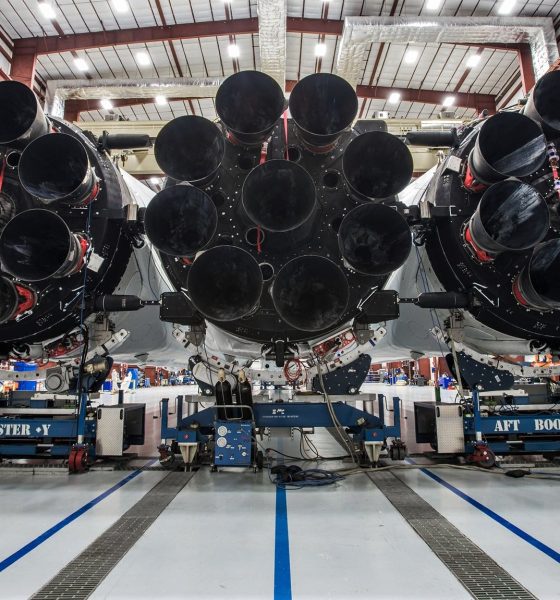
News
SpaceX executive talks rocket R&D: “Nobody paid us to make Falcon Heavy”
Set to give a keynote speech on October 3rd at 2018’s International Astronautical Congress (IAC), Hans Koenigsmann – SpaceX Vice President of Build and Flight Reliability – attended an impromptu talk one day prior, titled “From the University of Bremen to SpaceX”.
Speaking before a small audience, the University of Bremen graduate and fourth employee to join SpaceX discussed his opinions of Falcon Heavy, BFR, and more, frankly relating how SpaceX intentionally chose to build Falcon Heavy on its own, going so far as to turn down funding reportedly offered by one or more US government agencies.
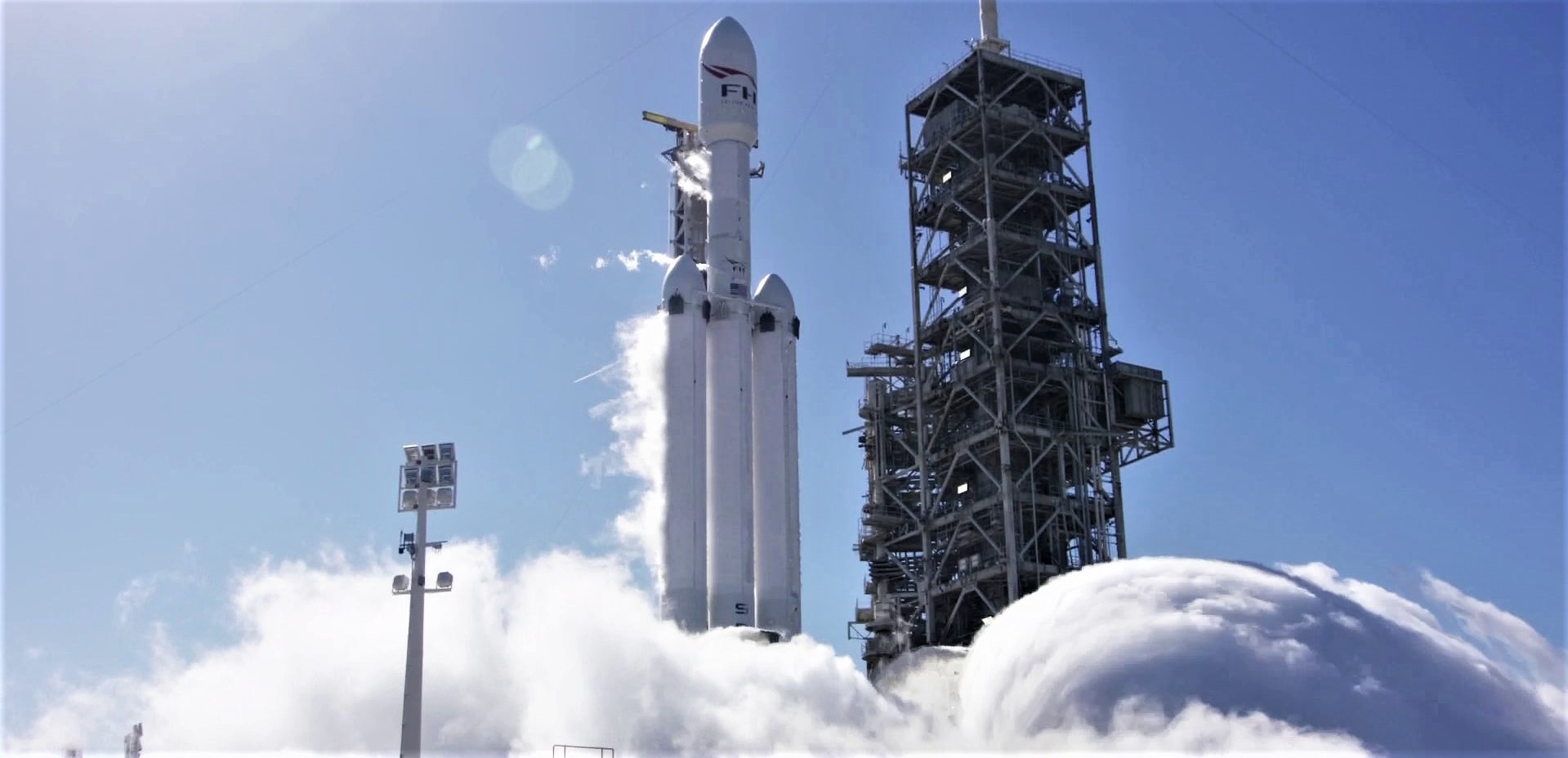
From Bremen to SpaceX (to Bremen)
Hopefully a sign of things to come for his 09:20 UTC, Oct. 3 keynote, titled “Reusability: The Key to Reliability and Affordability”, Hans’ precursor talk centered around the circuitous path that led him from University of Bremen to SpaceX, humorously describing how he “got bored of airplanes pretty quickly” after becoming an aerospace engineer. He quickly turned to space, hopping between a number of German smallsat projects that eventually led him to settle in the U.S. after flying there and back “at least 25 times”.
Once in the US, he wound up working at spaceflight startup Microcosm – alongside now-president and COO of SpaceX Gwynne Shotwell – for several years before running into Elon Musk and almost immediately accepting the eccentric entrepreneur’s SpaceX job offer in 2002. He has worked for SpaceX ever since and now spends a majority of his time managing and overseeing its BFR, Block 5, and Crew Dragon programs with a focus on systematically ensuring reliability. He touched on the company’s BFR development program and pointed to the fabrication of massive composite structures as the single most pressing challenge facing SpaceX engineers and technicians.
Asked by an audience member about the apparent difficulty of developing the heat-shield segment of BFR’s spaceship upper stage (BFS), Koenigsmann was quite confident that it would be a relatively easy aspect of the craft’s development, making the argument that what really matters to the craft is overall heat transfer per unit of its shield. From a basic comparison of the area of a given heat shield and the spacecraft’s mass at reentry, his lack of concern is probably warranted – a BFR spaceship’s worst-case LEO reentry is likely to be less stressful than an average Space Shuttle reentry.
- BFS bares its belly in a 360 degree animation. (SpaceX)
- Space Shuttle Endeavor shows off its main heat shield during an on-orbit inspection in August 2007. (NASA)
- A slightly broader overview of BFS just after separating from the booster. Note notches along the shield/skin divide, as well as very specific access panels, hatches, and smaller protuberances. (SpaceX)
“Try [to not] get money from the government”
Perhaps most intriguing of all Koenigsmann’s comments was an almost unprovoked segue into the US government’s involvement in Falcon Heavy development. According to the SpaceX executive, the company was actually approached by “the government”, with the unknown agency or agencies stating – in Hans’ words – that they wanted to be a part of the rocket’s development. According to Hans, SpaceX responded in an extremely unorthodox fashion: “we said, ‘Nope! We just wanna build it, you can buy it when it’s ready and we’ll charge you for the service.’” He noted in the next sentence that funding was the primary lever on the table:
“It’s a great position to do this, you gotta find the money, you gotta know people that have money and are willing to invest in your company, and [SpaceX has] been lucky enough to know some of those people.”
In other words, when given an opportunity to either rely on government funding or some other source of capital for a given R&D project, SpaceX – or at least Hans Koenigsmann, VP of Reliability – would apparently recommend the latter option in almost all cases. Again, without being prompted, he elaborated on his feelings about funding sources, culminating in a statement that is simply profound coming from an executive in the aerospace industry. The following quote is unabridged and straight from Hans himself:
“You need to [try to not] get money from the government, otherwise the government will tell you what to build and how to build it… they will tell you how to build this and that’s just not always – I mean for some things it’s the best to do, but in others it’s actually not.”
- A concert of Draco thrusters work to push Dragon away from the ISS and back towards Earth. (ESA)
- The first spaceworthy Crew Dragon capsule is already in Florida, preparing for its November 2018 launch debut. The same capsule will be refurbished and reflown as few as three months after recovery. (SpaceX)
- It’s currently unclear whether B1046 or B1048 will become the first SpaceX rocket to fly three times. (Tom Cross)
This sentiment could suggest that SpaceX will seek to prioritize private funding sources for the development of future vehicles like BFR’s rocket and spaceship, although there is plenty of room for interpretation in Hans’ IAC 2018 comments. SpaceX currently maintains strong and productive relationships with both NASA and the USAF, primarily centered around the company’s $2.6B fixed-price contract for the development and operation of Crew Dragon.
Watch and listen to Hans Koenigsmann’s full presentation below.
https://www.youtube.com/watch?v=hs2LBeLCo_s
For prompt updates, on-the-ground perspectives, and unique glimpses of SpaceX’s rocket recovery fleet check out our brand new LaunchPad and LandingZone newsletters!

News
Tesla Model Y Standard stuns in new range test, besting its Premium siblings
Tesla’s newer vehicles have continued to meet or exceed their EPA estimates. This is a drastic change, as every 2018-2023 model year Tesla that Edmunds assessed did not meet its range estimates.

The Tesla Model Y Standard stunned in a new range test performed by automotive media outlet Edmunds, besting all of its Premium siblings that are more expensive and more luxurious in terms of features.
Testing showed the Model Y Standard exceeded its EPA-estimated range rating of 321 miles, as Edmunds said it is the “longest-range Model Y that we’ve ever put on our loop.” In the past, some vehicles have come up short in comparison with EPA ranges; for example, the Model Y’s previous generation vehicle had an EPA-estimated range of 330 miles, but only drove 310.
Additionally, the Launch Series Model Y, the first configuration to be built in the “Juniper” program, landed perfectly on the EPA’s range estimates at 327 miles.
It was also more efficient than Premium offerings, as it utilized just 22.8 kWh to go 100 miles. The Launch Series used 26.8 kWh to travel the same distance.
It is tested using Edmunds’ traditional EV range testing procedure, which follows a strict route of 60 percent city and 40 percent highway driving. The average speed throughout the trip is 40 MPH, and the car is required to stay within 5 MPH of all posted speed limits.
Each car is also put in its most efficient drive setting, and the climate is kept on auto at 72 degrees.
“All of this most accurately represents the real-world driving that owners do day to day,” the publication says.
With this procedure, testing is as consistent as it can get. Of course, there are other factors, like temperature and traffic density. However, one thing is important to note: Tesla’s newer vehicles have continued to meet or exceed their EPA estimates. This is a drastic change, as every 2018-2023 model year Tesla that Edmunds assessed did not meet its range estimates.
Tesla Model Y Standard vs. Tesla Model Y Premium
Tesla’s two Model Y levels both offer a great option for whichever fits your budget. However, when you sit in both cars, you will notice distinct differences between them.
The Premium definitely has a more luxurious feel, while the Standard is stripped of many of the more premium features, like Vegan Leather Interior, acoustic-lined glass, and a better sound system.
You can read our full review of the Model Y Standard below:
Tesla Model Y Standard Full Review: Is it worth the lower price?
News
Xpeng CEO: Tesla FSD 14.2 has developed “near-Level 4” performance
While acknowledging that imperfections remain, the Xpeng CEO said FSD’s current iteration significantly surpasses last year’s capabilities.

Xpeng CEO He Xiaopeng has offered fresh praise for Tesla’s Full Self-Driving (FSD) system after revisiting Silicon Valley more than a year after his first hands-on experience.
Following extended test drives of Tesla vehicles running the latest FSD software, He stated that the system has made major strides, reinforcing his view that Tesla’s approach to autonomy is indeed the proper path towards autonomy.
Tesla FSD closing in on Level 4 driving
During his visit, He test-drove a Tesla equipped with FSD V14.2. He also rode in a Tesla Robotaxi. Over roughly five hours of driving across Silicon Valley and San Francisco, He said both vehicles delivered consistent and reassuring performance, a notable improvement from his experience a year earlier.
According to He, Tesla’s FSD has evolved from a smooth Level 2 advanced driver assistance system into what he described as a “near-Level 4” experience in terms of capabilities. While acknowledging that imperfections remain, the Xpeng CEO said FSD’s current iteration significantly surpasses last year’s capabilities. He also reiterated his belief that Tesla’s strategy of using the same autonomous software and hardware architecture across private vehicles and robotaxis is the right long-term approach, allowing users to bypass intermediate autonomy stages and move closer to Level 4 functionality.
He previously tested Tesla’s FSD V12.3.6 and Waymo vehicles in California in mid-2024, noting at the time that Waymo performed better in dense urban environments like San Francisco, while Tesla excelled in Silicon Valley and on highways.
Xpeng’s ambitious autonomy roadmap and internal challenge
The Silicon Valley visit also served as a benchmark for Xpeng’s own autonomy ambitions. He stated that Xpeng is looking to improve its VLA autonomous driving system to match the performance of Tesla’s FSD V14.2 within China by August 30, 2026. Xpeng is poised to release its VLA 2.0 smart driving software next quarter, though He cautioned that the initial version will not be able to match FSD V14.2’s capabilities, as noted in a CNEV Post report.
He also added a personal twist to the goal, publicly challenging Xpeng’s autonomous driving team. If the performance target is met by the 2026 deadline, the CEO stated that he will approve the creation of a Chinese-style cafeteria for Xpeng’s Silicon Valley team. If not, Liu Xianming, head of Xpeng’s autonomous driving unit, has pledged to run naked across the Golden Gate Bridge, He noted.
News
Another Tesla Model 3 variant sold out for January 2026 in China
A look at Tesla China’s order page shows that new Model 3 LR RWD orders now have an estimated delivery date of February 2026.
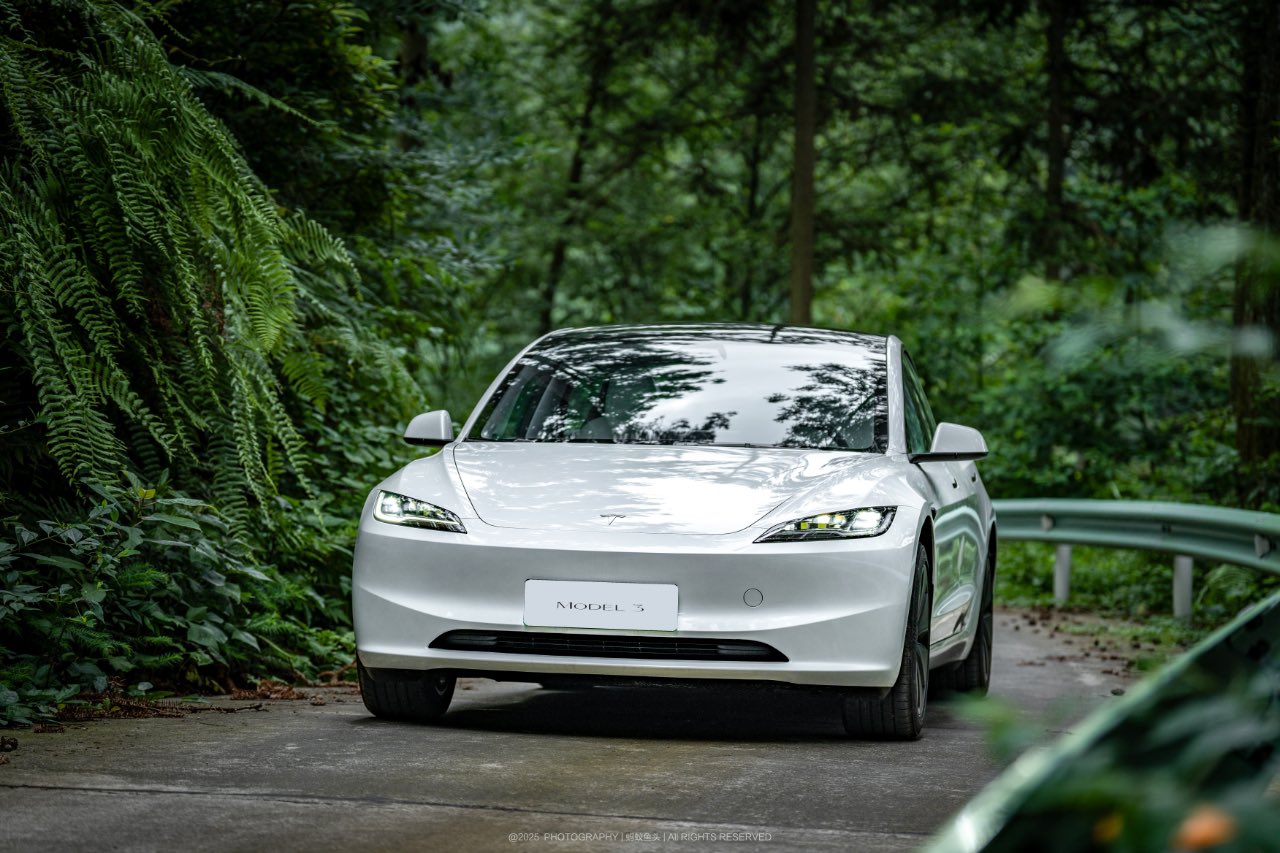
Another Tesla Model 3 variant in China appears to have sold out for January 2026, with the vehicle now showing an estimated delivery date of February 2026 for new orders. This bodes well for the all-electric sedan, which has maintained notable sales despite more affordable rivals like the Xiaomi SU7 and its crossover sibling, the Model Y.
Model 3 LR RWD joins February 2026 queue
A look at Tesla China’s order page for the all-electric sedan shows that new Model 3 Long Range Rear Wheel Drive orders now have an estimated delivery date of February 2026. Priced from RMB 259,500 ($36,810), the LR RWD sits as the second-lowest-priced trim in Tesla China’s four-variant Model 3 lineup. The move follows a similar delivery timeframe for the Model 3 Performance, which remains the most expensive option for the vehicle, as noted in a CNEV Post report.
The estimated delivery dates of the two remaining Model 3 variants remain unchanged for now. The base RWD version, starting at RMB 235,500, and the LR AWD variant, priced from RMB 285,500, both continue to list estimated delivery times of 4-6 weeks. Tesla China, for its part, has continued to list in-stock Model 3 vehicles and is actively encouraging buyers to select inventory units for delivery before the end of the year.
Model Y delays and policy shifts
Delivery timelines for the Model Y in China are also stretching into 2026. All customized Model Y variants now show February 2026 as their estimated delivery date, except for the entry-level version, which still lists January 2026. Tesla has been urging customers since November to prioritize purchasing inventory vehicles, a push aimed at maximizing year-end deliveries.
Timing matters for Chinese buyers due to upcoming changes in government incentives. China’s new energy vehicle purchase tax exemption will be scaled back in 2026, which means customers who take delivery next year could face higher tax costs compared to those who are able to receive vehicles before the end of the year.
As per data from the China Passenger Car Association, Tesla recorded retail sales of 73,145 vehicles in November, down 0.47% year over year. From January through November, Tesla’s retail sales in China totaled 531,855 units, a 7.37% year-over-year drop.
